Mutualistic Connections: How Community Benefits Us All
The same way the stability of our plant depends on numerous and diverse connections in and between habitats, our community relies on the relationships naturalists form around and with the natural world. Mountain lions, deer, birds, squirrels, trees, grasses. They, and so many more, depend on each other to keep our forests alive. Parks, CPNS, SCBC, outdoor education, mentors, teachers of culture. Again, they, and so many others rely on each other to keep a functioning community with common goals in mind. Share knowledge, inspire future naturalists, and save our natural spaces. Everybody knows somebody. This interconnectivity helps us support one another, no matter what species, activity or club we care most passionately about.
Alex Rinkert
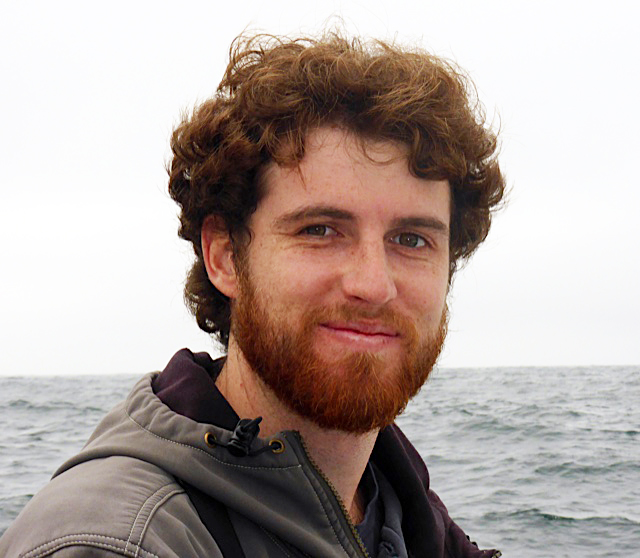 The community in Santa Cruz is well connected and supportive. UCSC does a good job of connecting art with sciences. There are many clubs in town that lead field trips or have monthly meetings. I am very involved with the Bird Club and occasionally lead said field trips, but I also direct the Santa Cruz County Breeding Bird Atlas II which has allowed me to create an extensive network with other birders. It would be nice to see cross pollination between disciplines - for example birders hanging out with botanists. The pieces of the natural world are all linked, so people should be just as intertwined.
The community in Santa Cruz is well connected and supportive. UCSC does a good job of connecting art with sciences. There are many clubs in town that lead field trips or have monthly meetings. I am very involved with the Bird Club and occasionally lead said field trips, but I also direct the Santa Cruz County Breeding Bird Atlas II which has allowed me to create an extensive network with other birders. It would be nice to see cross pollination between disciplines - for example birders hanging out with botanists. The pieces of the natural world are all linked, so people should be just as intertwined.
One way that we are all linked together is through technology and so many more people can be exposed to natural history in remote places or contribute to citizen science through iNaturalist or eBird. Cell phones are a great tool to capture and study natural history, but it also means that people may be more disconnected from nature by screens and urban environments. Finding the balance between our online and in person community is important to fostering a healthy relationship with the natural world.
Anika Lehr
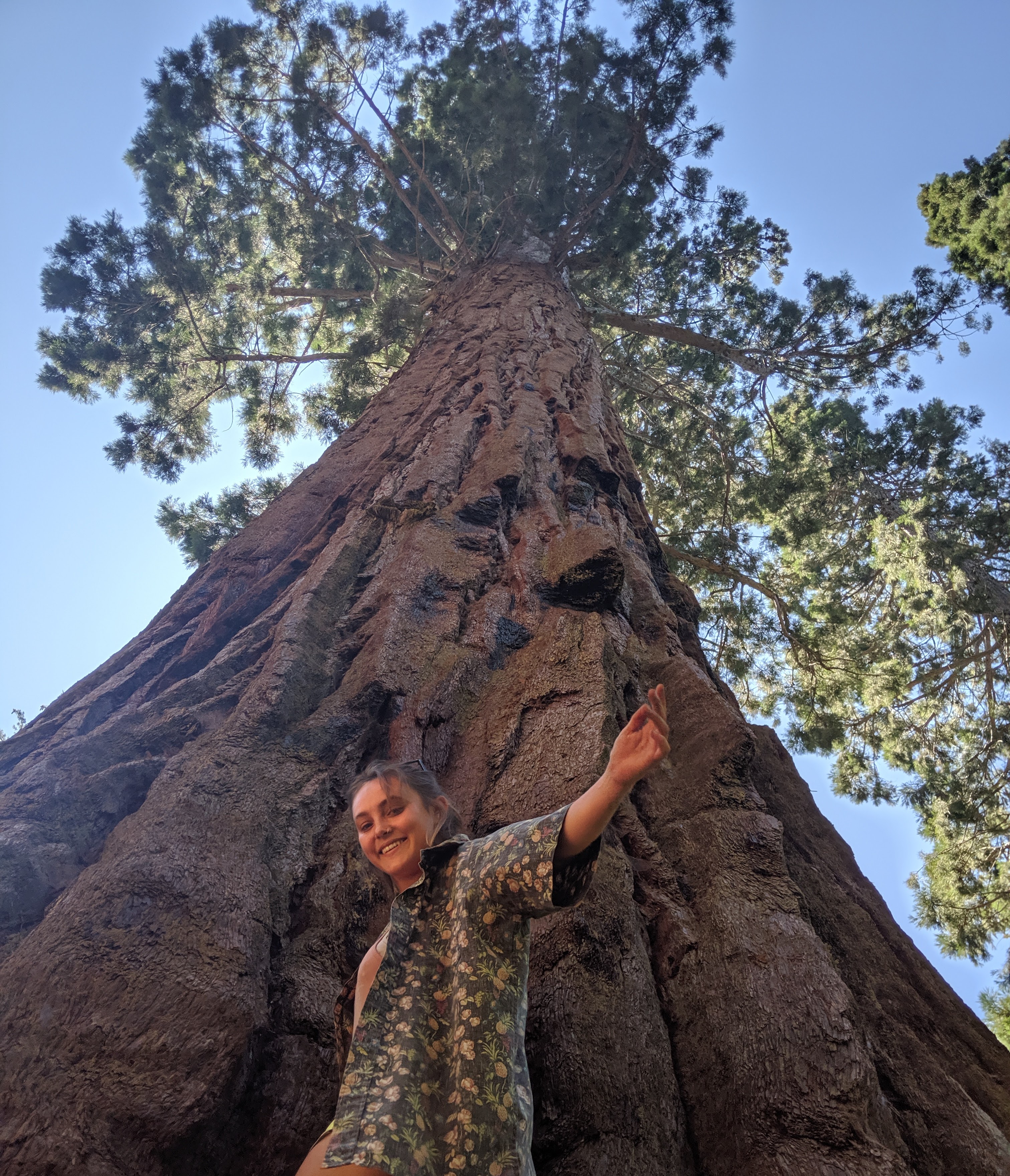 I found Ramblin’ Adventure Club, an outdoor afterschool education program, during my first year at UCSC and was accepted into a wonderful naturist family in the heart of Santa Cruz. Through Ramblin’ I was able to explore more than ever before; while sharing the love of the outdoors with the next generation of naturalists. I think any age is the perfect age to become involved in naturalist history. Role models are very important for creating interesting connections and memories in nature for kids. I also believe that curiosity is the first step in a naturalist’s journey. Connecting in an individual spiritual way to the magic of nature can inspire a lifetime of study and activism.
I found Ramblin’ Adventure Club, an outdoor afterschool education program, during my first year at UCSC and was accepted into a wonderful naturist family in the heart of Santa Cruz. Through Ramblin’ I was able to explore more than ever before; while sharing the love of the outdoors with the next generation of naturalists. I think any age is the perfect age to become involved in naturalist history. Role models are very important for creating interesting connections and memories in nature for kids. I also believe that curiosity is the first step in a naturalist’s journey. Connecting in an individual spiritual way to the magic of nature can inspire a lifetime of study and activism.
We are at a pivotal moment where the natural environment is at the most risk for mass extinction and the effects of climate change. We have the power to continue the environmentalist movement with intersections of human rights. I am hopeful for the next generation but only if we learn from our past mistakes and center the voices of elders, experts, and marginalized groups. Iit is my goal to share my appreciation for nature with the children I teach so that they can create a more inclusive world.
Erika Zavaleta
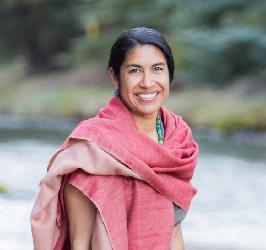 Conversations are a big part of a connected community. Experiential sharing of observations is a huge part of Santa Cruz culture. People I know in other geographies, especially with generational changes, don’t spend much time doing that. I’m grateful the people here do.
Conversations are a big part of a connected community. Experiential sharing of observations is a huge part of Santa Cruz culture. People I know in other geographies, especially with generational changes, don’t spend much time doing that. I’m grateful the people here do.
Nick Bischoff
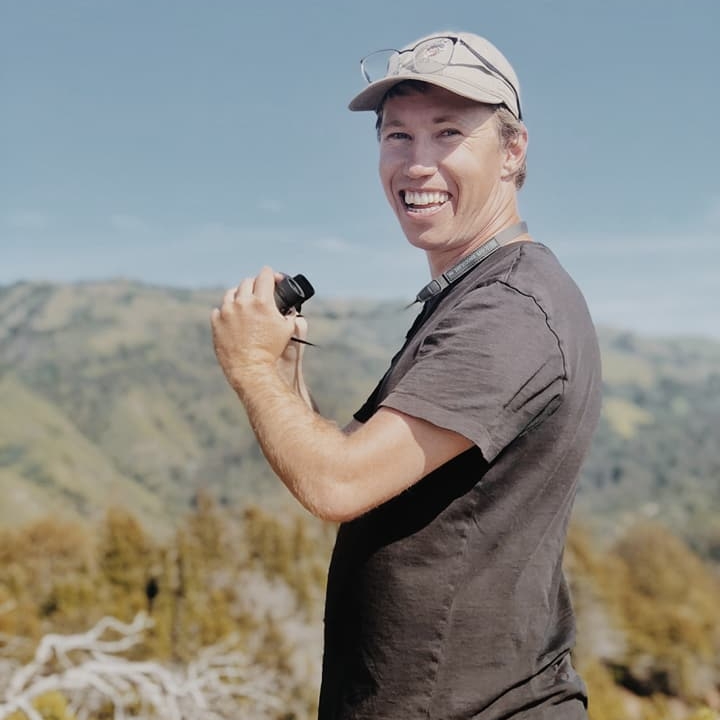 I believe that growing up in California's Coastal Range had a huge influence on my appreciation for nature and on my career path as an outdoor educator. By giving kids the freedom to build their own connections with nature I am helping them become the future community of naturalists.
I believe that growing up in California's Coastal Range had a huge influence on my appreciation for nature and on my career path as an outdoor educator. By giving kids the freedom to build their own connections with nature I am helping them become the future community of naturalists.
Steve Miller
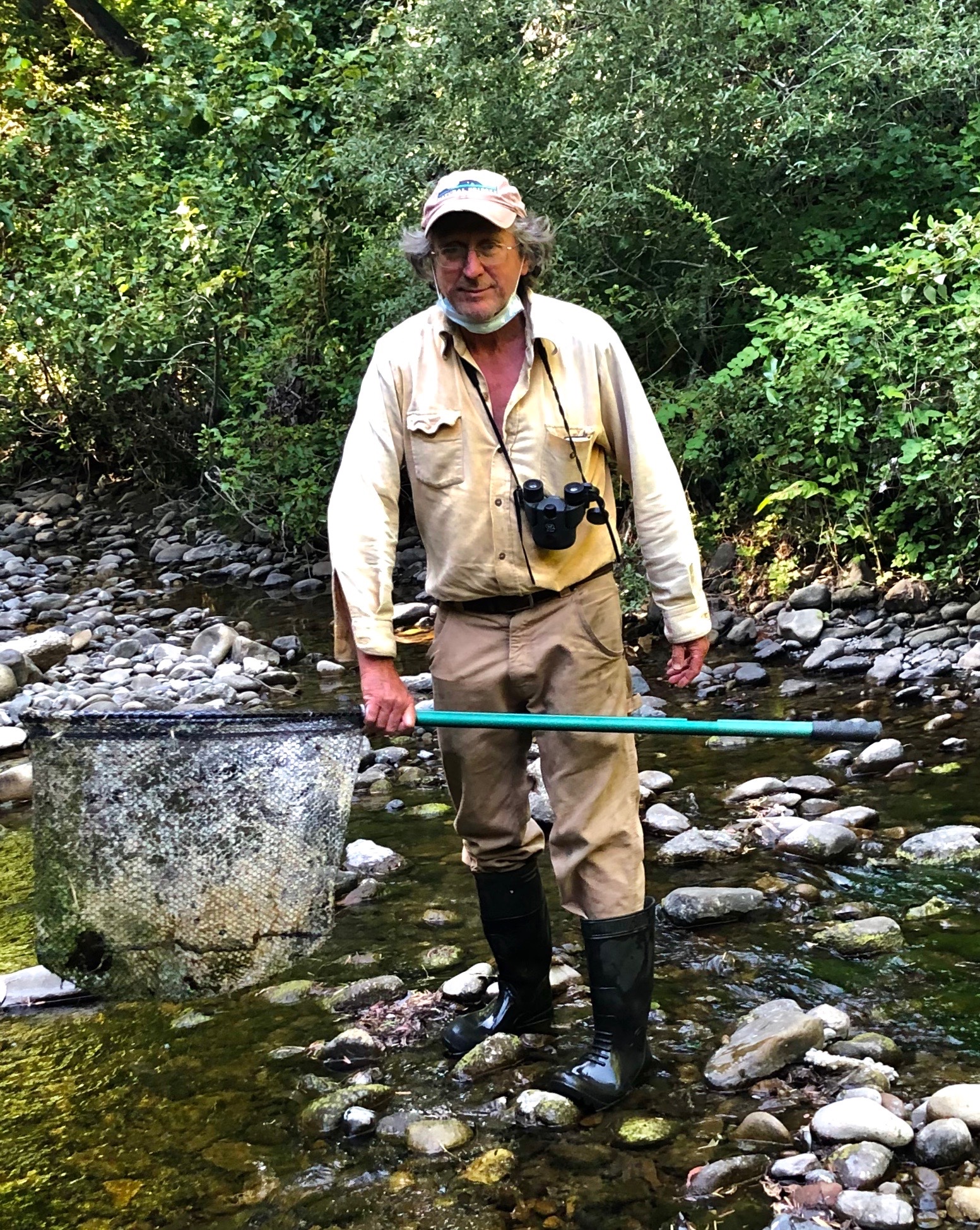 The large naturalist community in Santa Cruz is made up of many microcommunties of people with niche interests. This is why the fungus fair, CNPS nature walks, or online lectures are so important - they bring many naturalists, and interested people, together.
The large naturalist community in Santa Cruz is made up of many microcommunties of people with niche interests. This is why the fungus fair, CNPS nature walks, or online lectures are so important - they bring many naturalists, and interested people, together.
Mahala Volpe
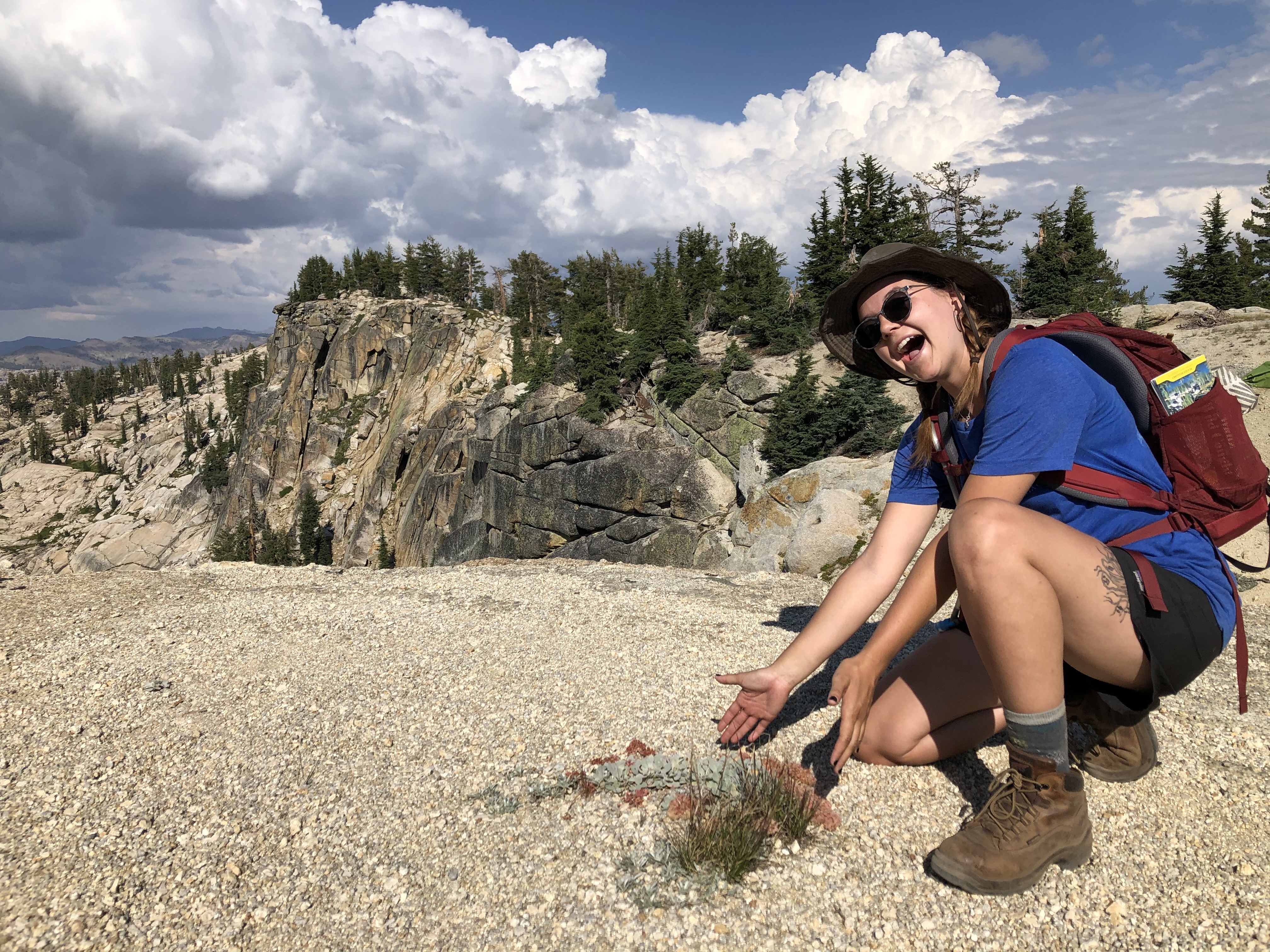 Santa Cruz is very blessed to have the ocean and mountains within a 15 minute drive of each other so you can see coastal scrub habitats and the redwood forest in a day. As an outdoor educator this is awesome because the kids I teach get to experience a wide variety of habitats.
Santa Cruz is very blessed to have the ocean and mountains within a 15 minute drive of each other so you can see coastal scrub habitats and the redwood forest in a day. As an outdoor educator this is awesome because the kids I teach get to experience a wide variety of habitats.
Phil Carpenter
 I am the ‘Minister of Science’ for the fungus federation, and am well known among the community for my passion about fungus. Many older naturalists are members of various clubs, it worries me that younger people aren’t joining. Every person that joins is valued.
I am the ‘Minister of Science’ for the fungus federation, and am well known among the community for my passion about fungus. Many older naturalists are members of various clubs, it worries me that younger people aren’t joining. Every person that joins is valued.
Desiree Logins
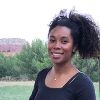 There aren’t very many great ways to recruit new diverse people without making big institutional changes because the structural issues are still in place. What I see to be most effective is to let those people lead so that the project is responsive to its audience.
There aren’t very many great ways to recruit new diverse people without making big institutional changes because the structural issues are still in place. What I see to be most effective is to let those people lead so that the project is responsive to its audience.
Marisa Gomez
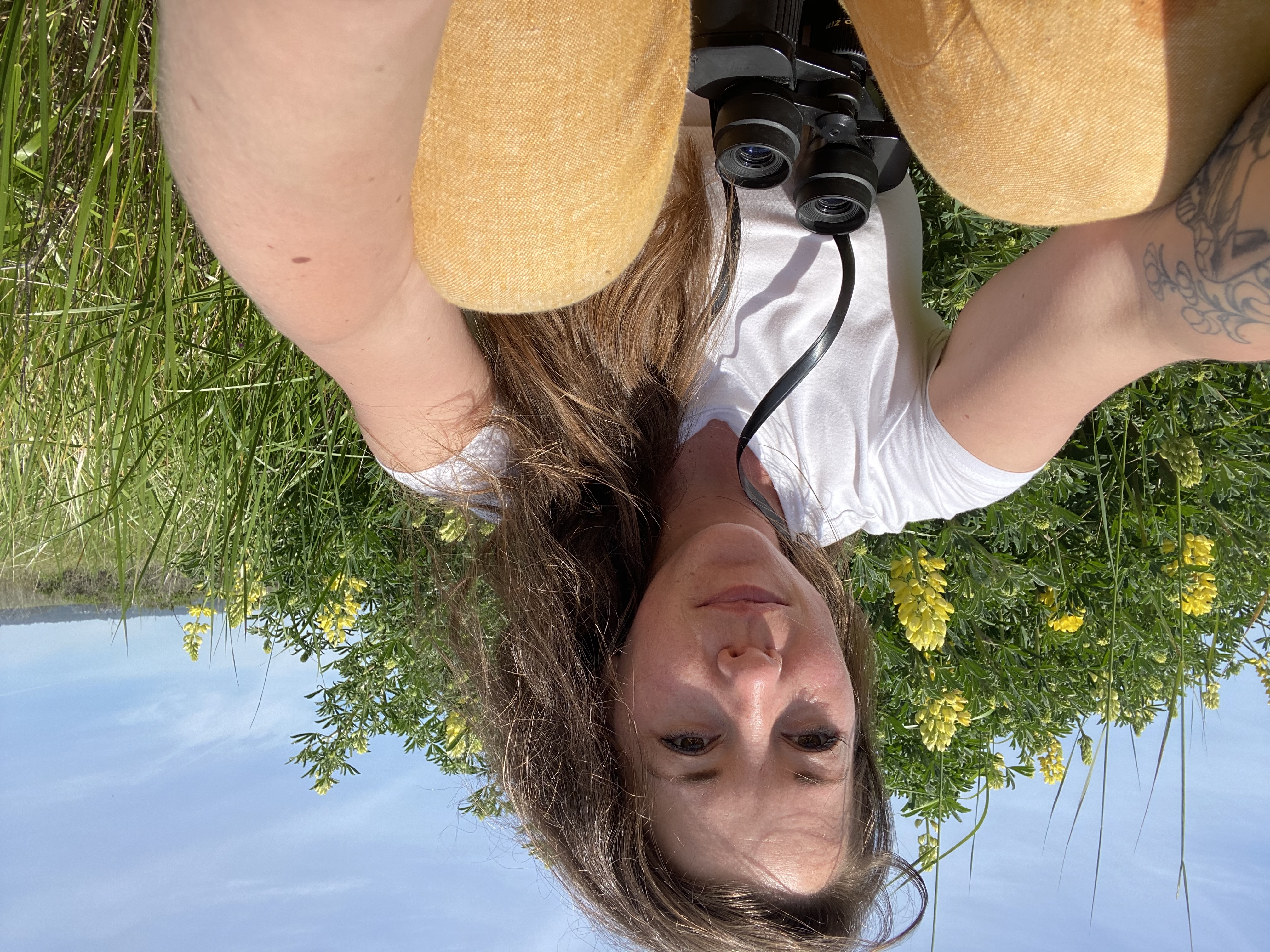 Being comfortable and knowledgeable about the outside is a learning situation, as the public programs manager for the SCNHM I strive to create programs that are informative to many different communities as well as entertaining for already knowledgeable people.
Being comfortable and knowledgeable about the outside is a learning situation, as the public programs manager for the SCNHM I strive to create programs that are informative to many different communities as well as entertaining for already knowledgeable people.
Al Keuter
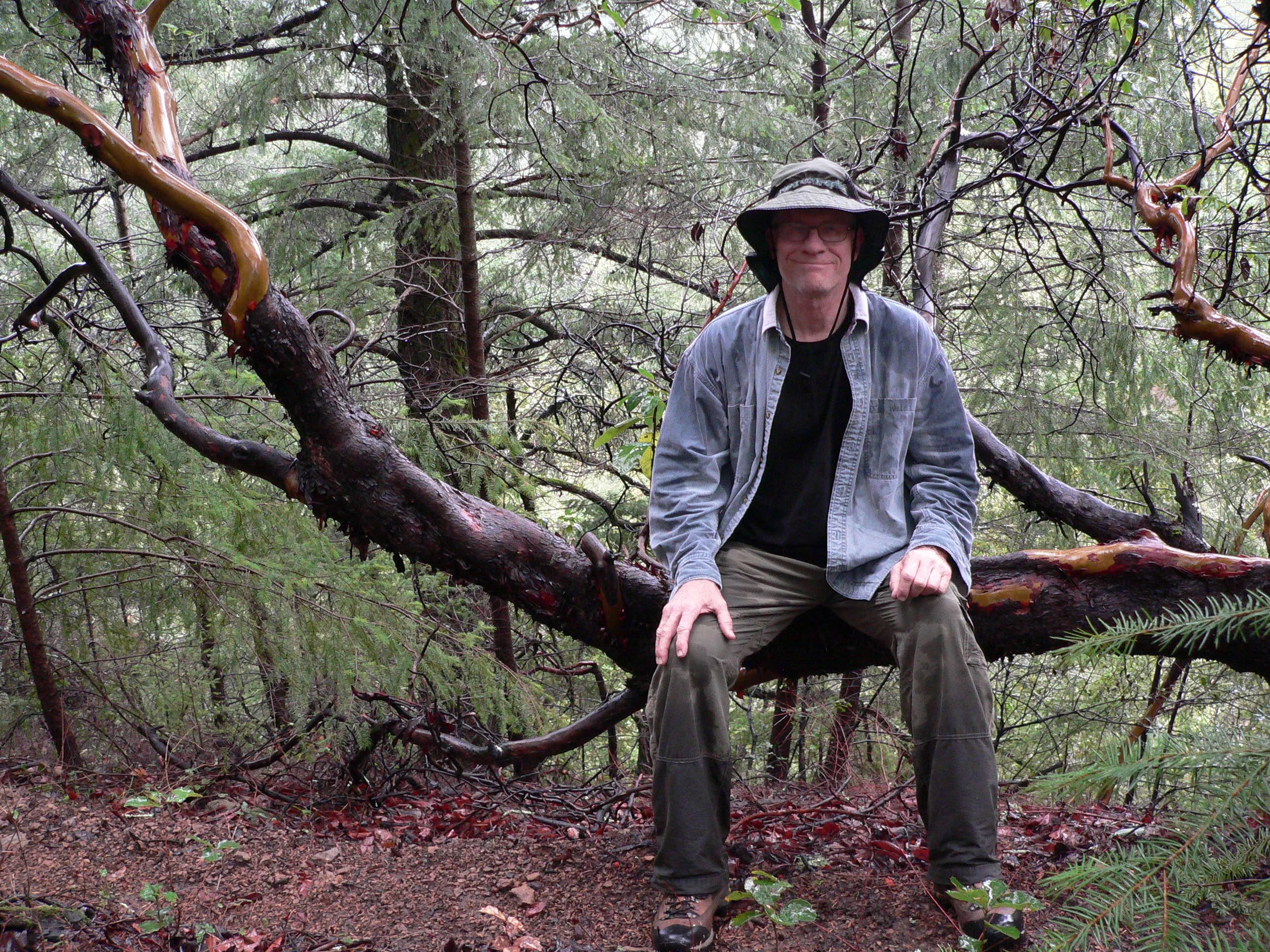 The naturalist community is in flux like an amoeba. Each naturalist runs in different circles that interface with different groups of people. By being open, honest, and having the ability to say you don’t know, we make this community a welcoming one.
The naturalist community is in flux like an amoeba. Each naturalist runs in different circles that interface with different groups of people. By being open, honest, and having the ability to say you don’t know, we make this community a welcoming one.
Breck Tyler
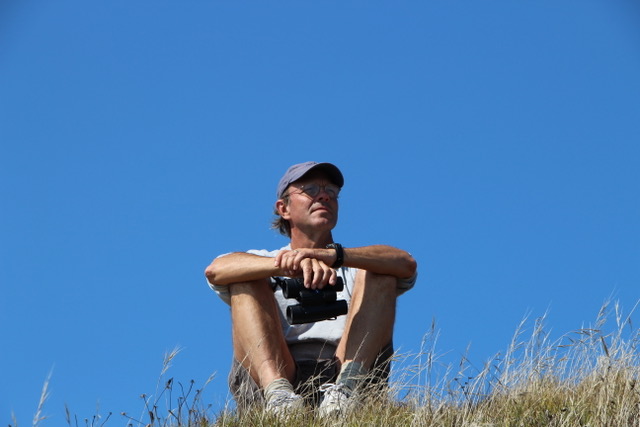 Many people enjoy being out in nature and there are certainly social and physiological benefits to that. Often making the transition from visitor to naturalist takes a push from a friend or mentor to really see the plants, animals and rocks for the first time.
Many people enjoy being out in nature and there are certainly social and physiological benefits to that. Often making the transition from visitor to naturalist takes a push from a friend or mentor to really see the plants, animals and rocks for the first time.
Bruce Lyon
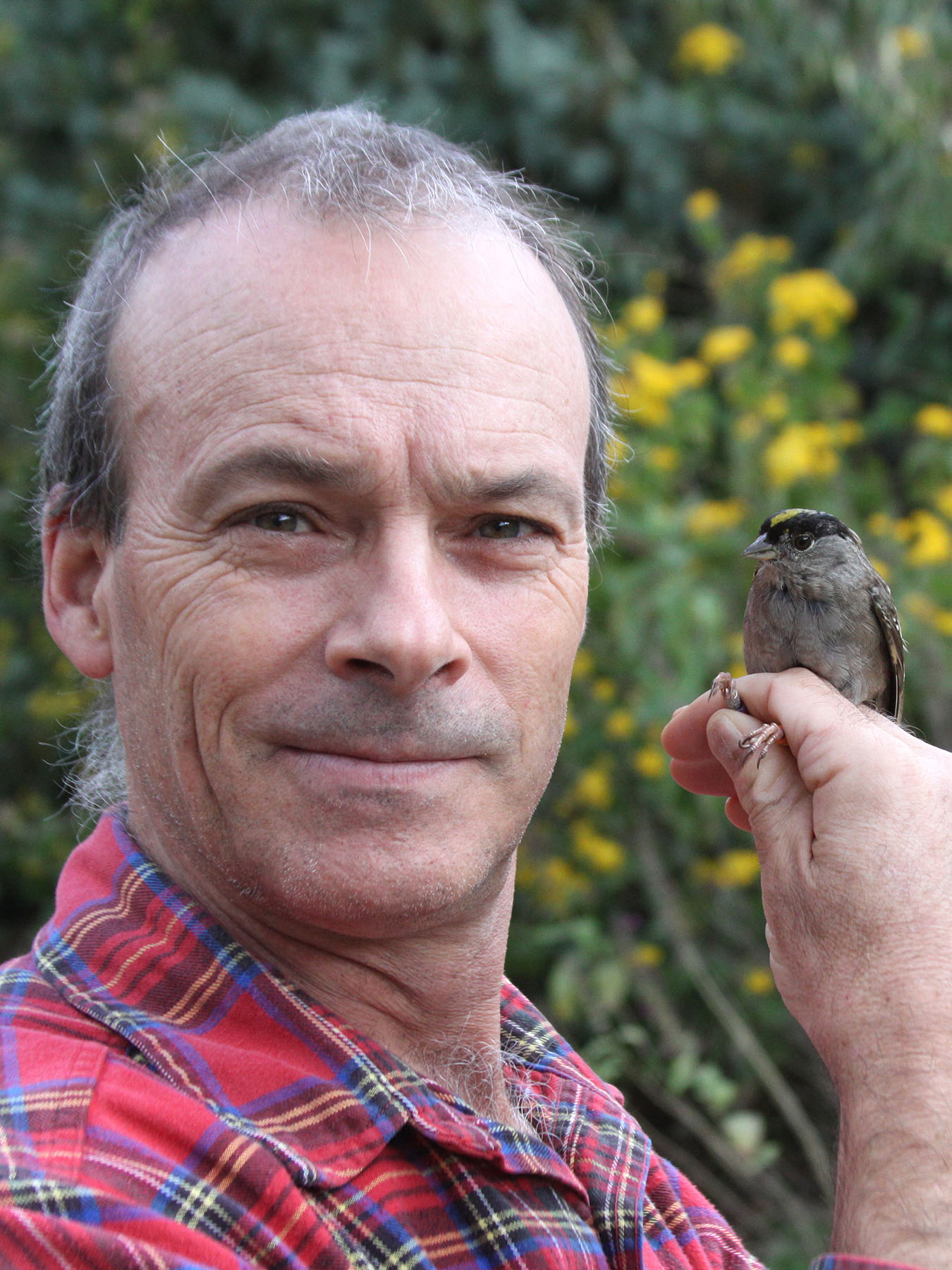 As a professor at UCSC I often bring in natural history details and case histories to class to illustrate concepts. A natural history aspect makes the ideas real and vivid for the students, but they’re also interesting and intriguing in their own right.
As a professor at UCSC I often bring in natural history details and case histories to class to illustrate concepts. A natural history aspect makes the ideas real and vivid for the students, but they’re also interesting and intriguing in their own right.
Chris Lay
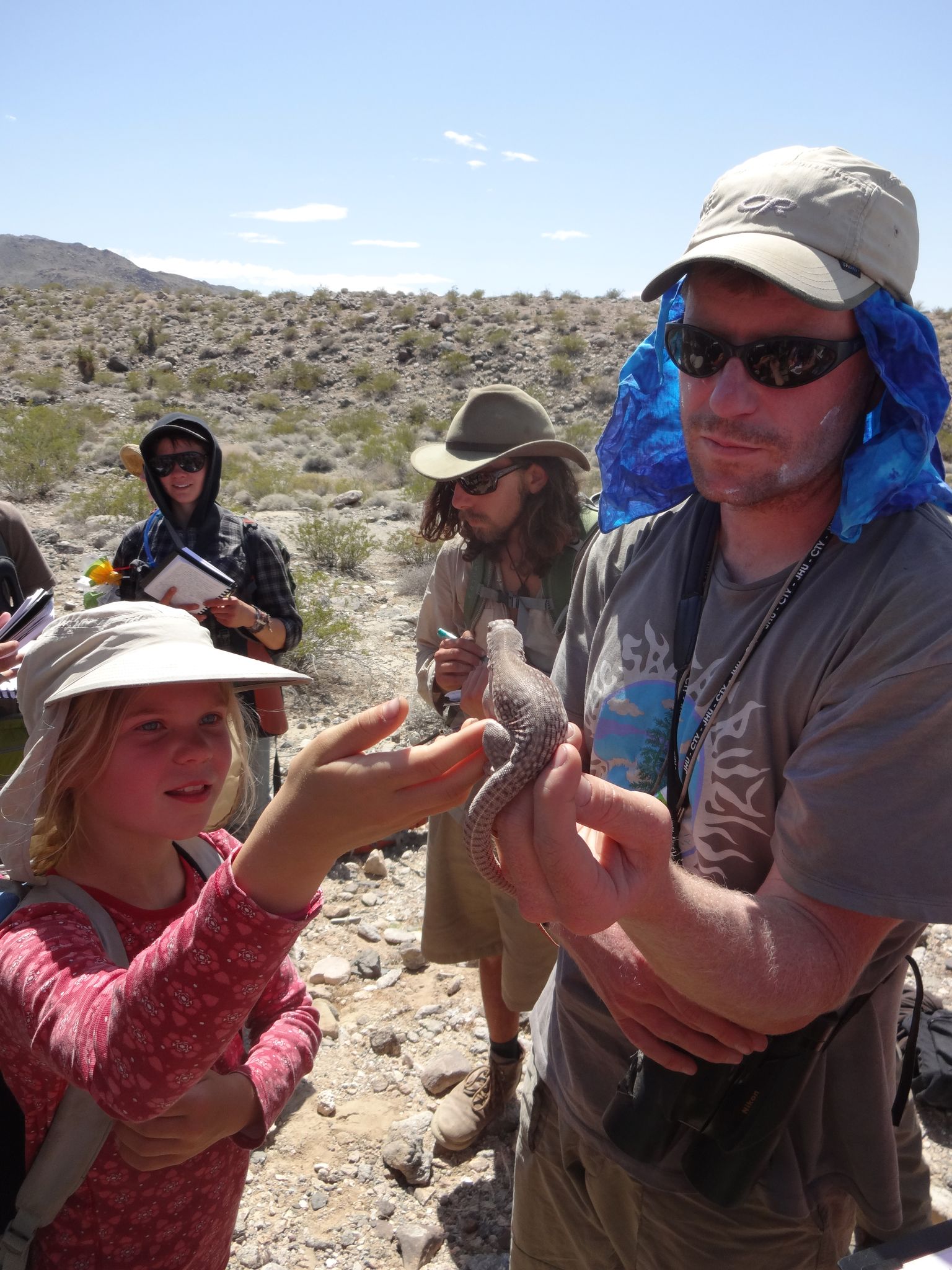 The goal of the Norris Center is to put a naturalist in every corner and in every meeting by teaching anyone who’s interested about natural history. And so, the Norris Center plays an important role in the interconnectedness of naturalists on campus.
The goal of the Norris Center is to put a naturalist in every corner and in every meeting by teaching anyone who’s interested about natural history. And so, the Norris Center plays an important role in the interconnectedness of naturalists on campus.
Christian Schwarz
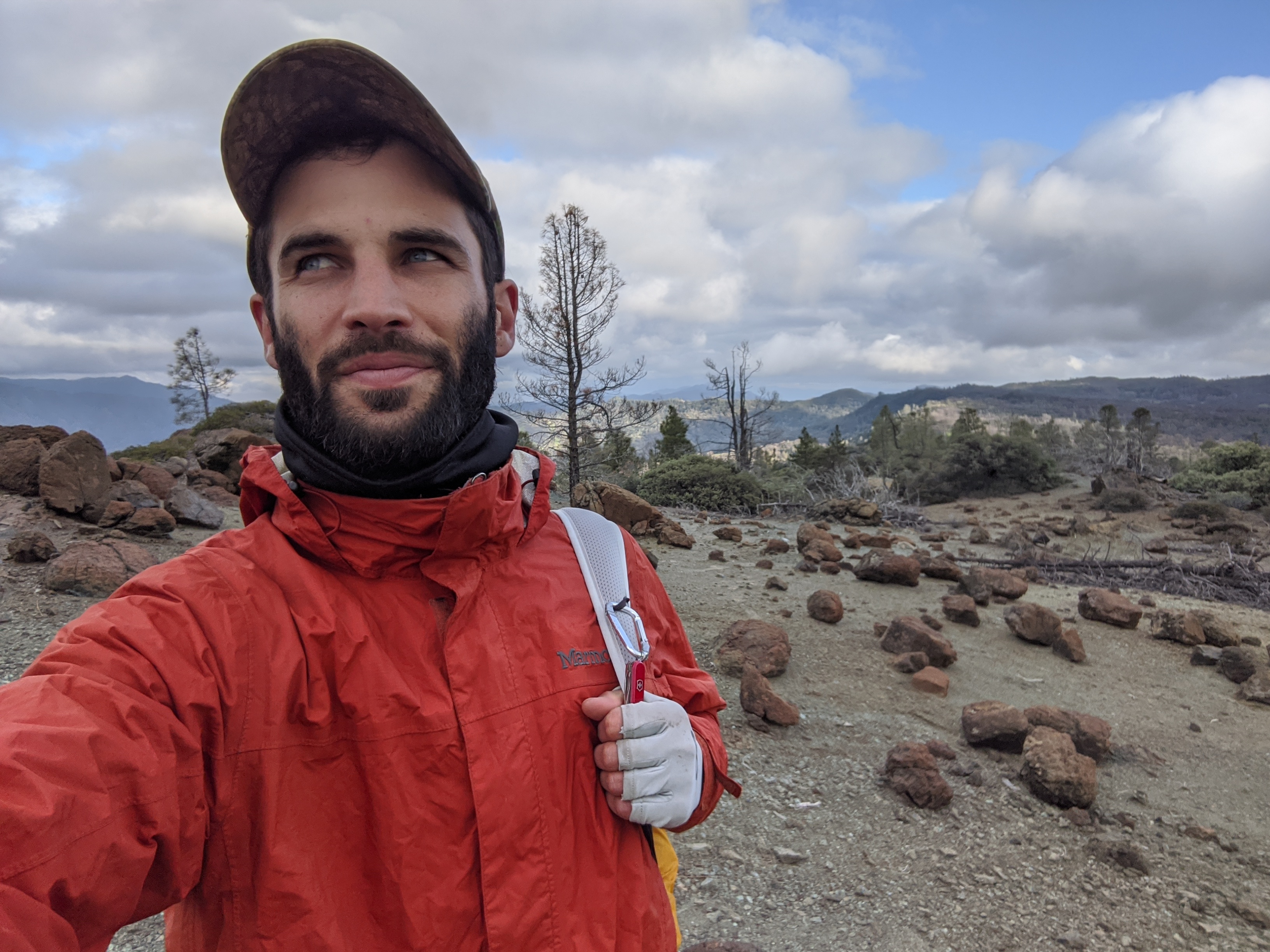 Being a naturalist doesn’t mean you are alone. There is a trend that follows the lonely natural historian - that is simply no longer the case. There are people all around us who support us emotionally, but also in our learning journey. Be vocal about what you love.
Being a naturalist doesn’t mean you are alone. There is a trend that follows the lonely natural historian - that is simply no longer the case. There are people all around us who support us emotionally, but also in our learning journey. Be vocal about what you love.
Dylan Neubauer
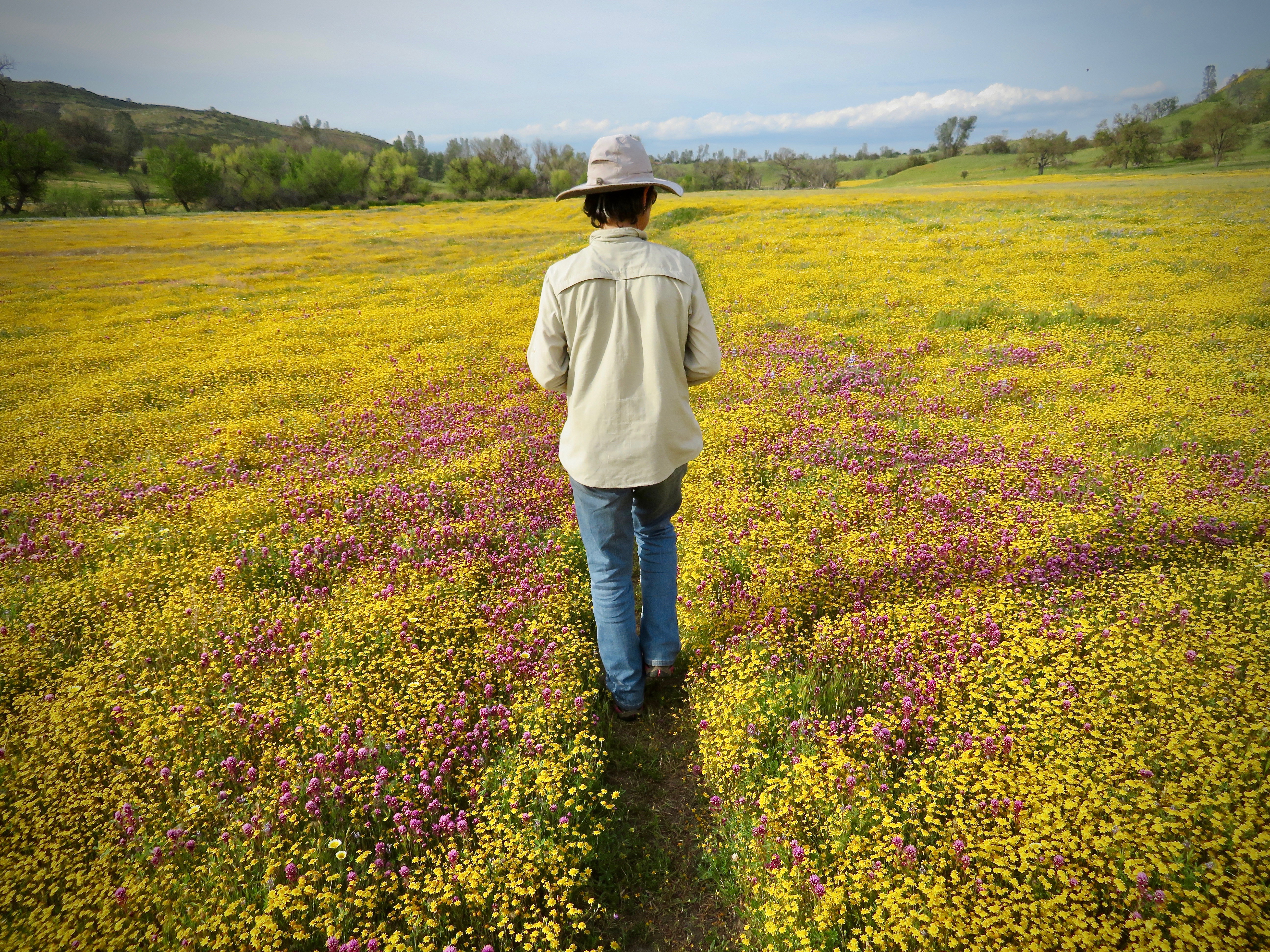 Santa Cruz is and has been blessed with botanical experts. Randy Morgan, Jim West, Brett Hall, Grey Hayes and so many others have influenced me and helped me along my way of learning about plants. I have found true and utter joy in botany and botanists.
Santa Cruz is and has been blessed with botanical experts. Randy Morgan, Jim West, Brett Hall, Grey Hayes and so many others have influenced me and helped me along my way of learning about plants. I have found true and utter joy in botany and botanists.
Ellen Murphy
 I did my senior thesis on the territoriality Western Fence Lizards in the UCSC Arboretum. Alex Krohn was a huge mentor to me during this time. He helped me combine research with natural history to create a successful senior thesis.
I did my senior thesis on the territoriality Western Fence Lizards in the UCSC Arboretum. Alex Krohn was a huge mentor to me during this time. He helped me combine research with natural history to create a successful senior thesis.
Emily Fong
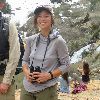 As a Chinese-American woman, I struggle to find folks who I share common ground with. The best way to help diversify the naturalist community is by trying to make it a safer space for people who don’t fit into the common ‘naturalist’ definition.
As a Chinese-American woman, I struggle to find folks who I share common ground with. The best way to help diversify the naturalist community is by trying to make it a safer space for people who don’t fit into the common ‘naturalist’ definition.
Gage Dayton
 Observe life wherever you’re at and you will find people who are just as thrilled as you. Also, share your knowledge, passion and excitement about Natural History with everyone! Be the catalyst that gets them excited about learning about the natural world.
Observe life wherever you’re at and you will find people who are just as thrilled as you. Also, share your knowledge, passion and excitement about Natural History with everyone! Be the catalyst that gets them excited about learning about the natural world.
Joshua Mayo
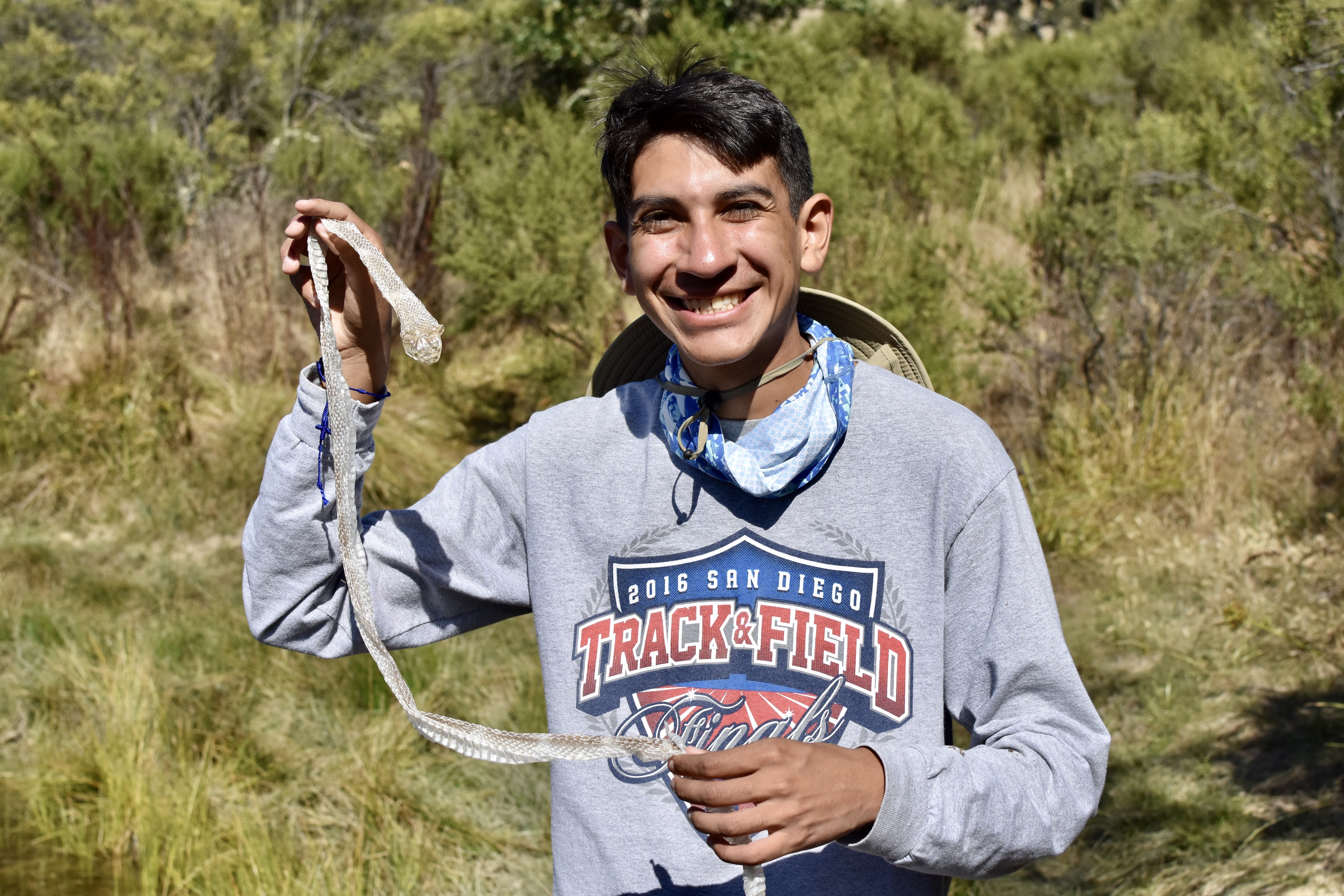 The course that impacted me most, both in building a network and in learning natural observation skills, was the California Ecology and Conservation field quarter. I finished with greater confidence in my abilities as a naturalist and a network of wonderful people.
The course that impacted me most, both in building a network and in learning natural observation skills, was the California Ecology and Conservation field quarter. I finished with greater confidence in my abilities as a naturalist and a network of wonderful people.
Kevin Condon
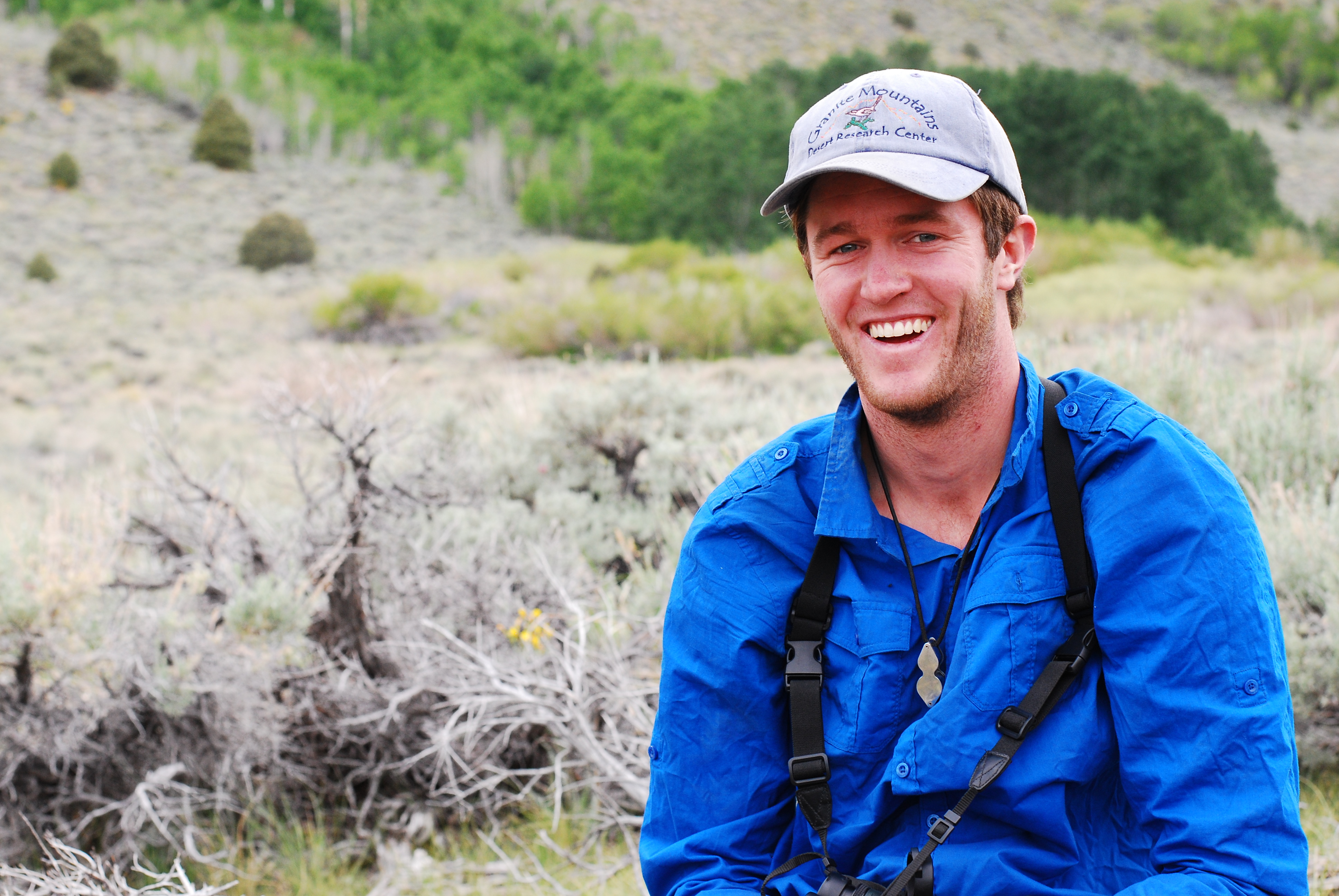 As beautiful as nature is there is something rewarding about coming home and sharing everything you encountered with your friends. I love the experience of having a heightened awareness and attention and getting to apply that to everyone I interact with.
As beautiful as nature is there is something rewarding about coming home and sharing everything you encountered with your friends. I love the experience of having a heightened awareness and attention and getting to apply that to everyone I interact with.
Mackenzie Morris
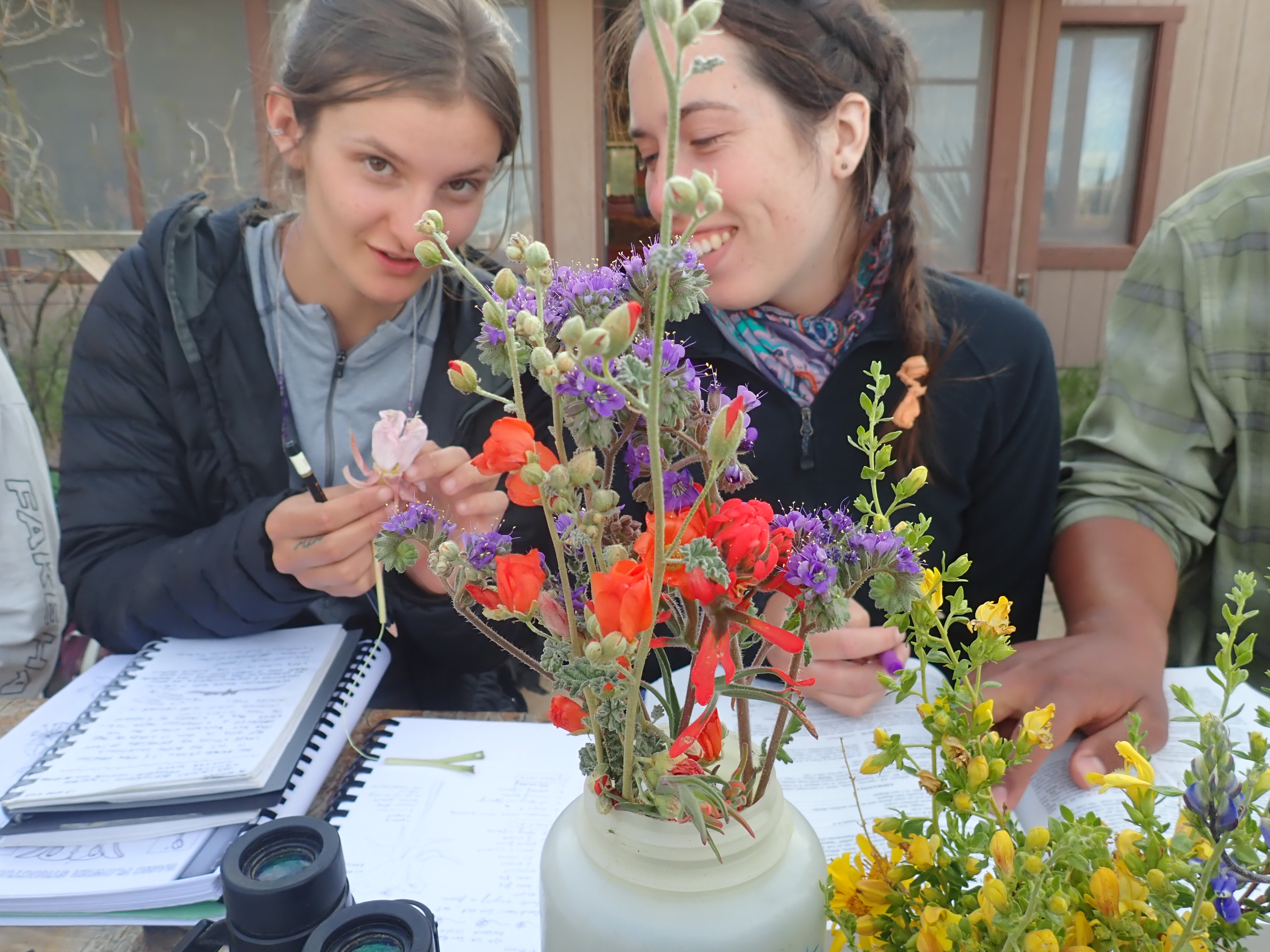 In order to help create a larger community of naturalists I created the Field Inquiry Nature Explorations Program. The goal of the project is to introduce 1st-year undergraduates to field inquiry to strengthen their connection with the natural world.
In order to help create a larger community of naturalists I created the Field Inquiry Nature Explorations Program. The goal of the project is to introduce 1st-year undergraduates to field inquiry to strengthen their connection with the natural world.
Nick Bergeron
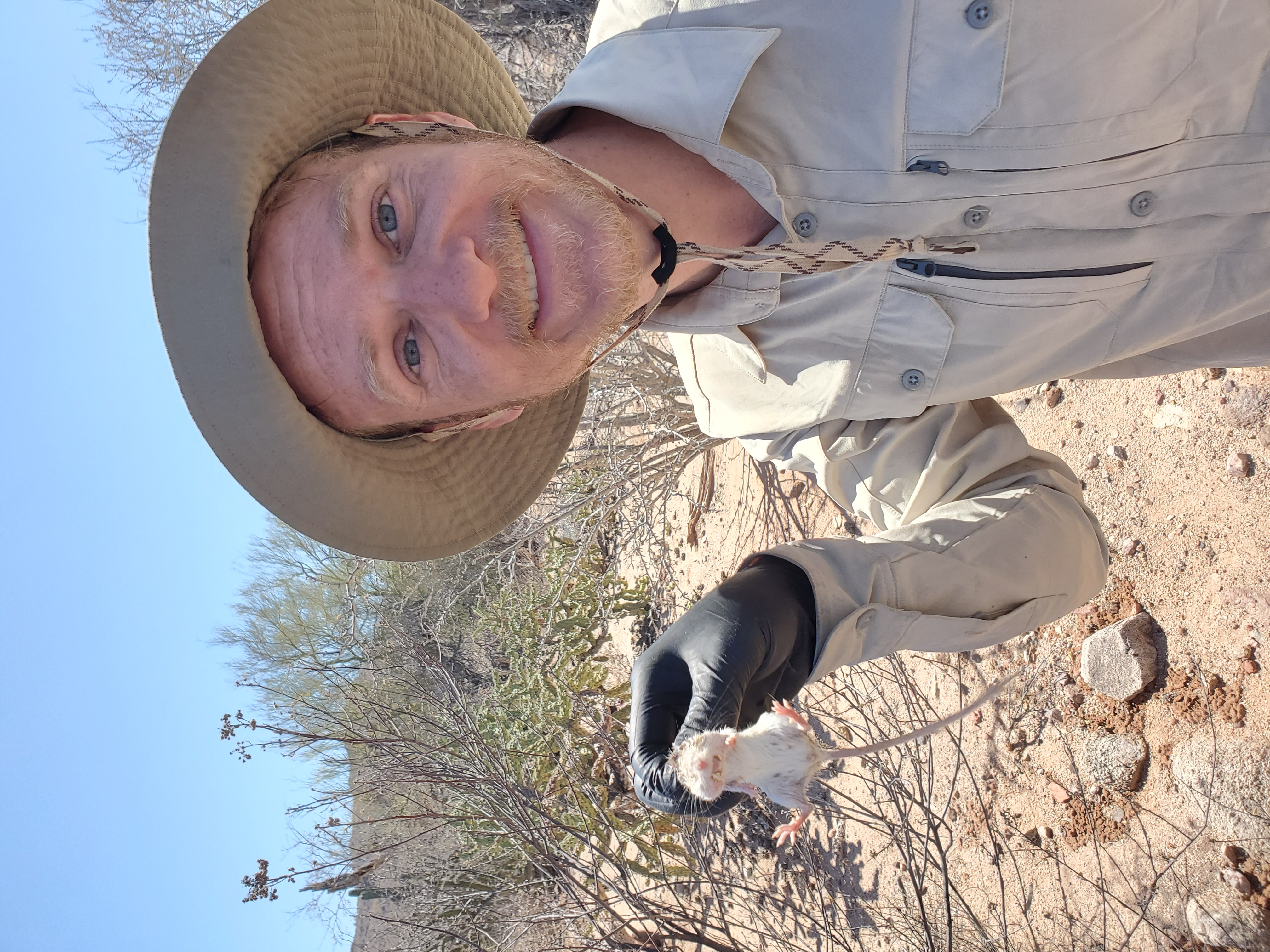 Recently, during my senior thesis research, I was able to watch how different rodent species were interacting and foraging in artificial patches I had made. I hope to make scientific research more accessible by explaining a complex topic in a simple manner.
Recently, during my senior thesis research, I was able to watch how different rodent species were interacting and foraging in artificial patches I had made. I hope to make scientific research more accessible by explaining a complex topic in a simple manner.
Stephanie Martin
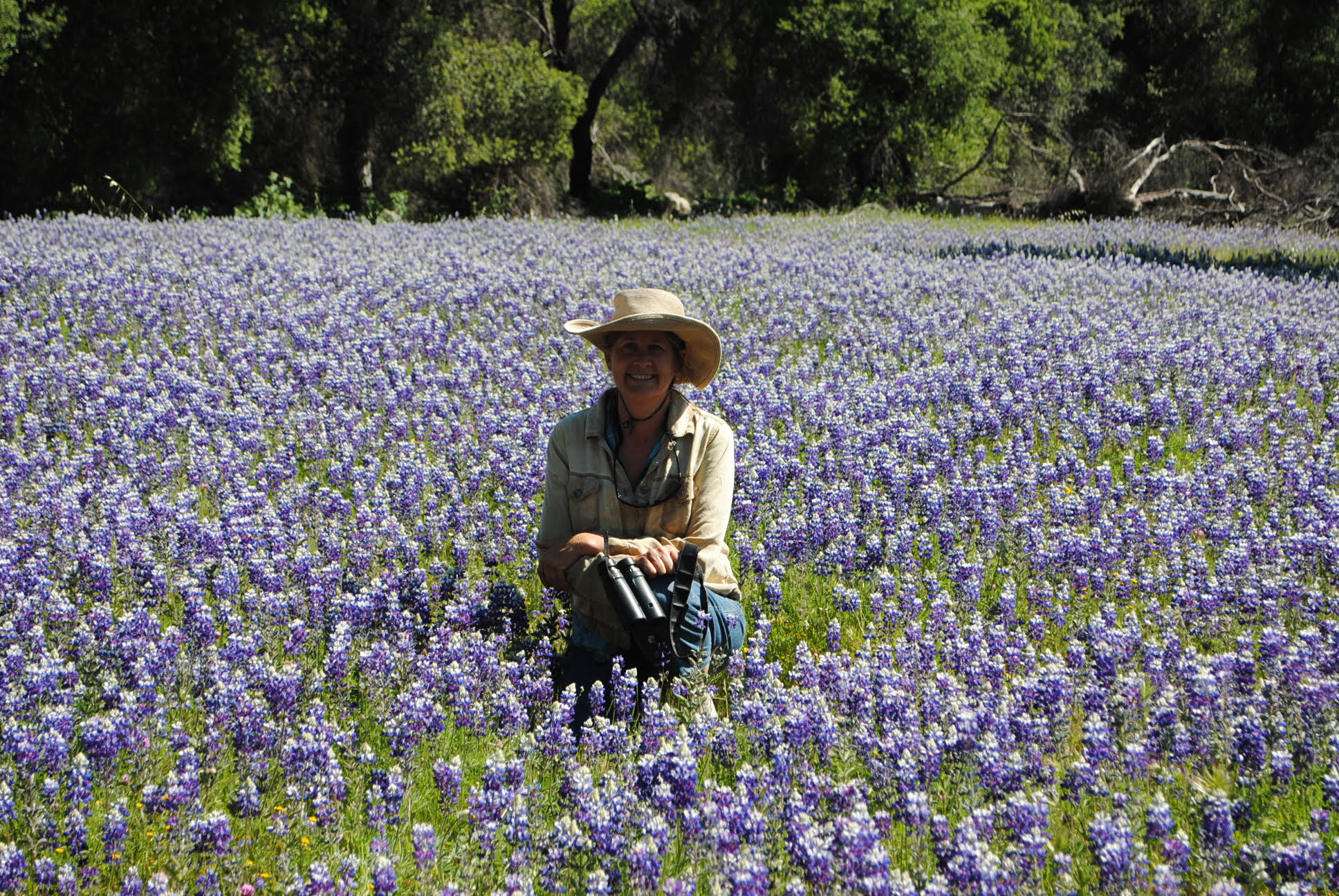 I’ve created a network of people through my art. Etching has changed my life. I meet people at open studios where I share my work and am able to connect with fellow nature lovers. The art community is welcoming, take a leap! Be inspired by the world around us.
I’ve created a network of people through my art. Etching has changed my life. I meet people at open studios where I share my work and am able to connect with fellow nature lovers. The art community is welcoming, take a leap! Be inspired by the world around us.
Linda Brodman
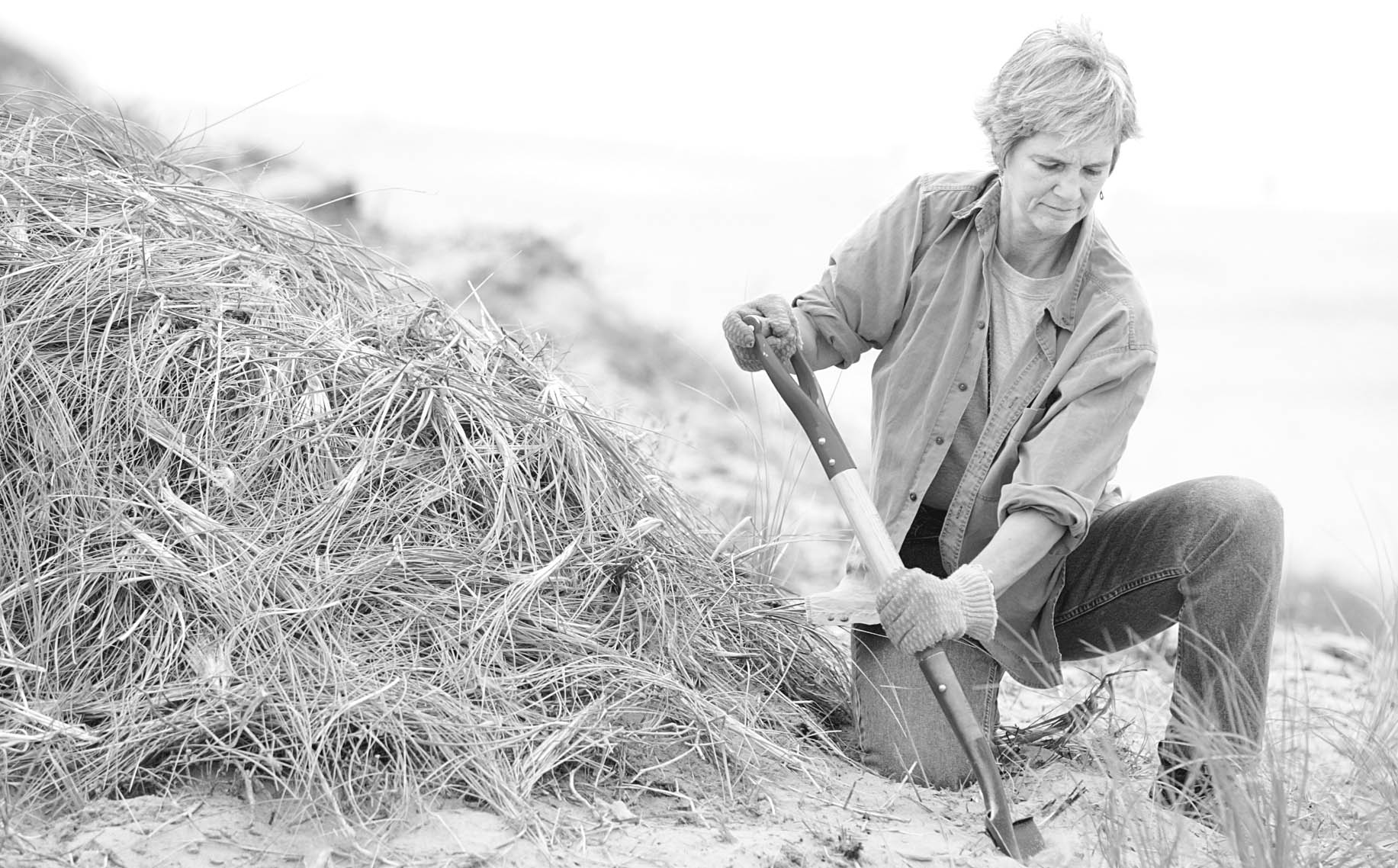 As the CNPS chair president for the Santa Cruz Chapter I interact with a wide variety of organizations. A rewarding interaction was with state parks and school groups and seeing how excited middle schoolers got about grass eradication projects.
As the CNPS chair president for the Santa Cruz Chapter I interact with a wide variety of organizations. A rewarding interaction was with state parks and school groups and seeing how excited middle schoolers got about grass eradication projects.
Felicia VanStolk
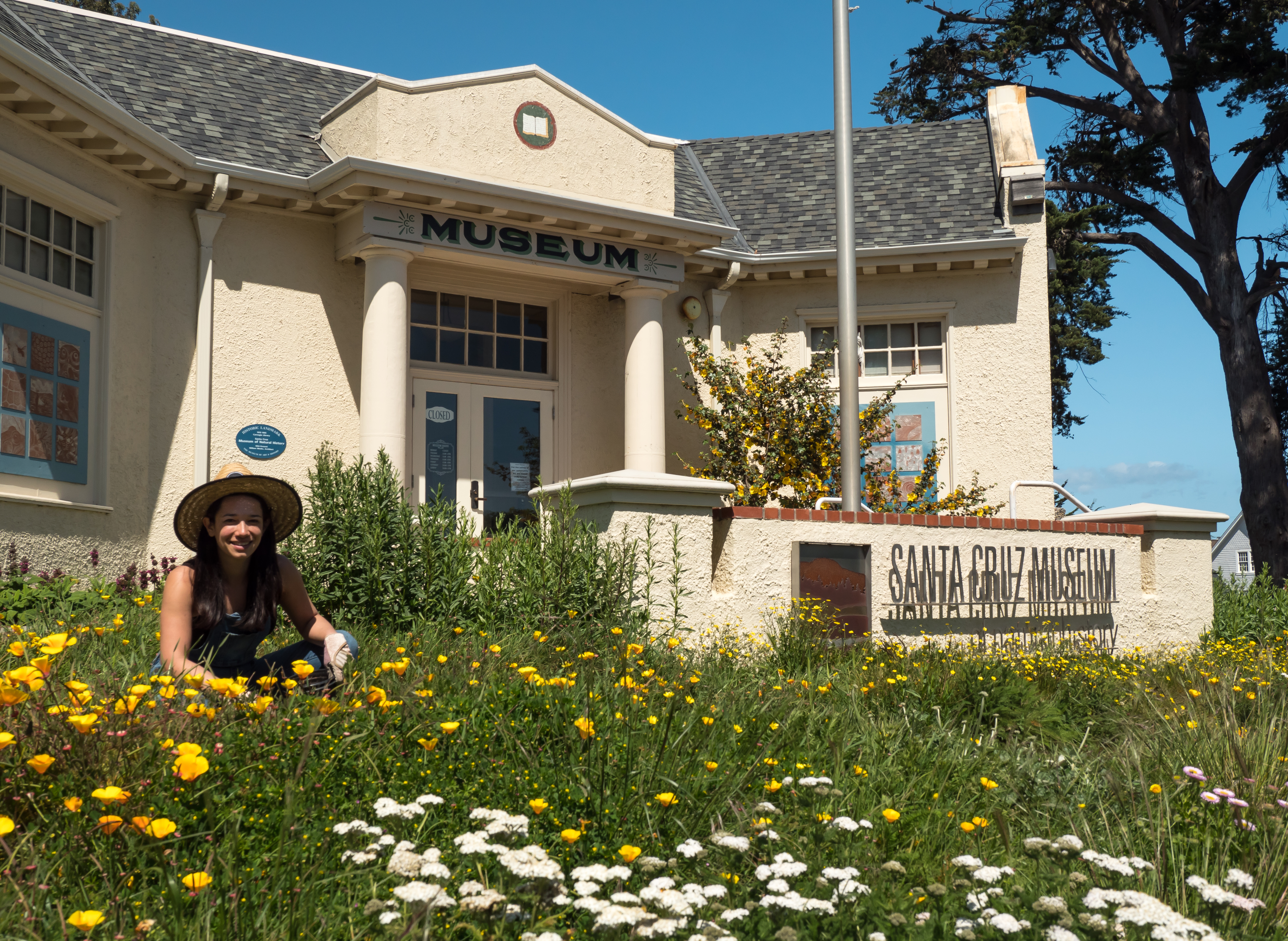 I am the director of the Santa Cruz Natural History Museum which connects our world in a new and culturally relevant way by celebrating the natural history community. It serves as a hub of connections, gives an opportunity for conversations, and offers an overlap of perspectives.
I am the director of the Santa Cruz Natural History Museum which connects our world in a new and culturally relevant way by celebrating the natural history community. It serves as a hub of connections, gives an opportunity for conversations, and offers an overlap of perspectives.
Grey Hayes
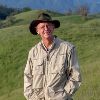
I’ve worked with, and learned from, Randy Morgan, Dylan Neubauer, Ken Kellmen and so many more amazing people who live to learn and share their experiences. Being a naturalist is having this communication with others - passing down knowledge they have learned.
Amy Patten
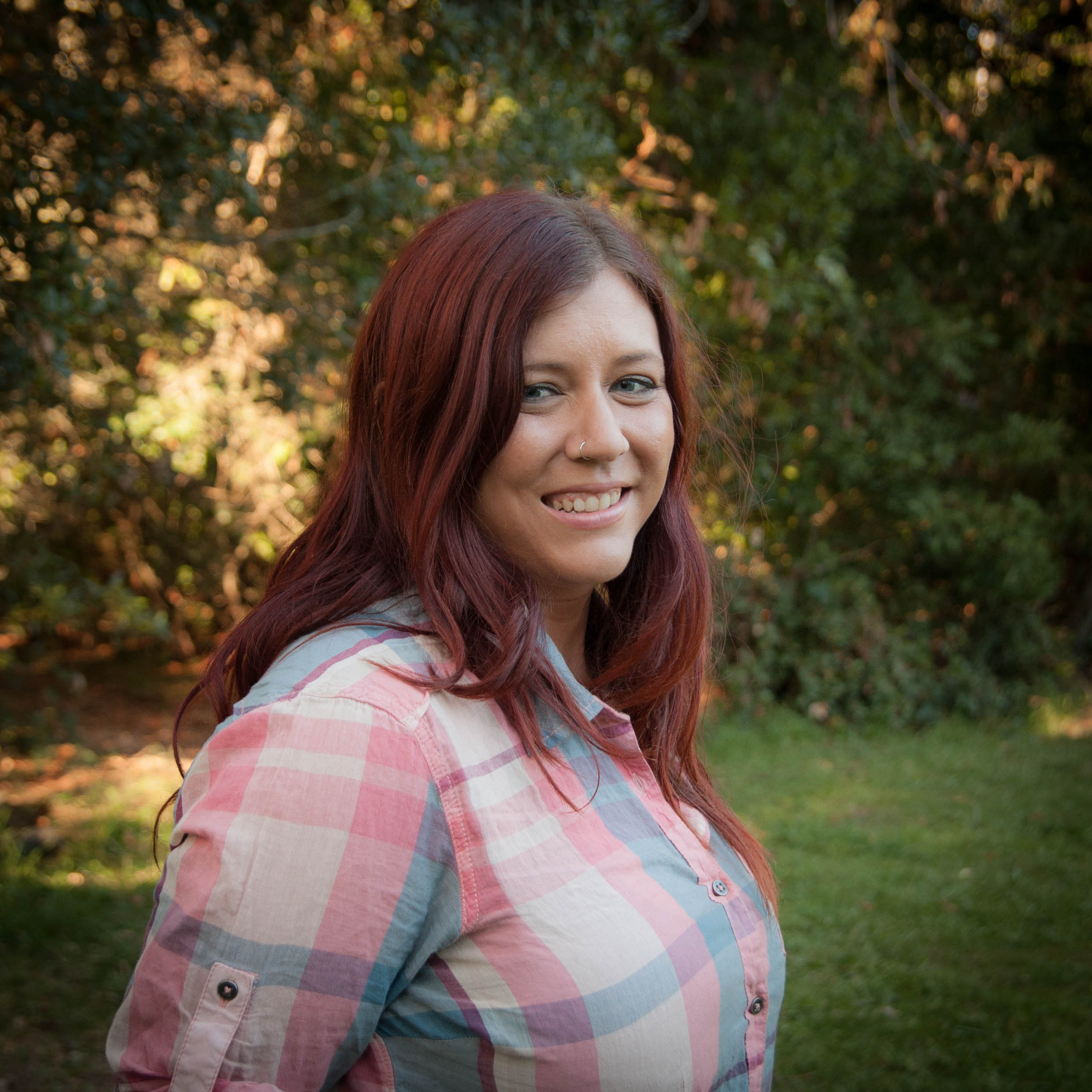 I am a big supporter of citizen science. If you can make casual observations, you can become a naturalist, you don’t need formal training. By logging in observations in iNaturalist for example, you’re helping contribute to big community observations.
I am a big supporter of citizen science. If you can make casual observations, you can become a naturalist, you don’t need formal training. By logging in observations in iNaturalist for example, you’re helping contribute to big community observations.
Alex Jones
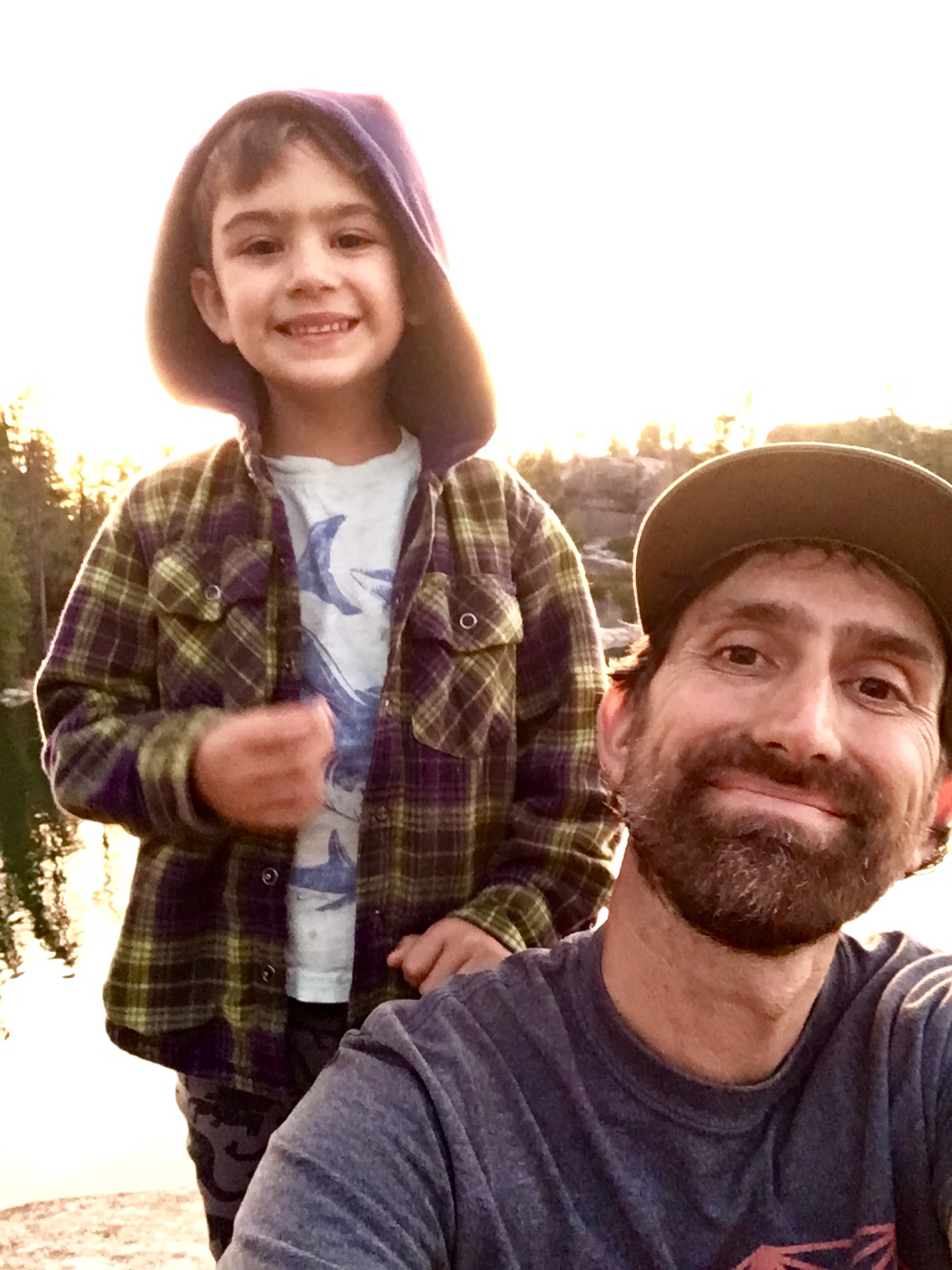 As the UCSC Campus Natural reserve manager I lead many field trips on the natural reserve. There’s a huge naturalist community at UCSC. It feels like a wellspring of enthusiasm, with more students getting involved with natural history each year.
As the UCSC Campus Natural reserve manager I lead many field trips on the natural reserve. There’s a huge naturalist community at UCSC. It feels like a wellspring of enthusiasm, with more students getting involved with natural history each year.
Rick Flores
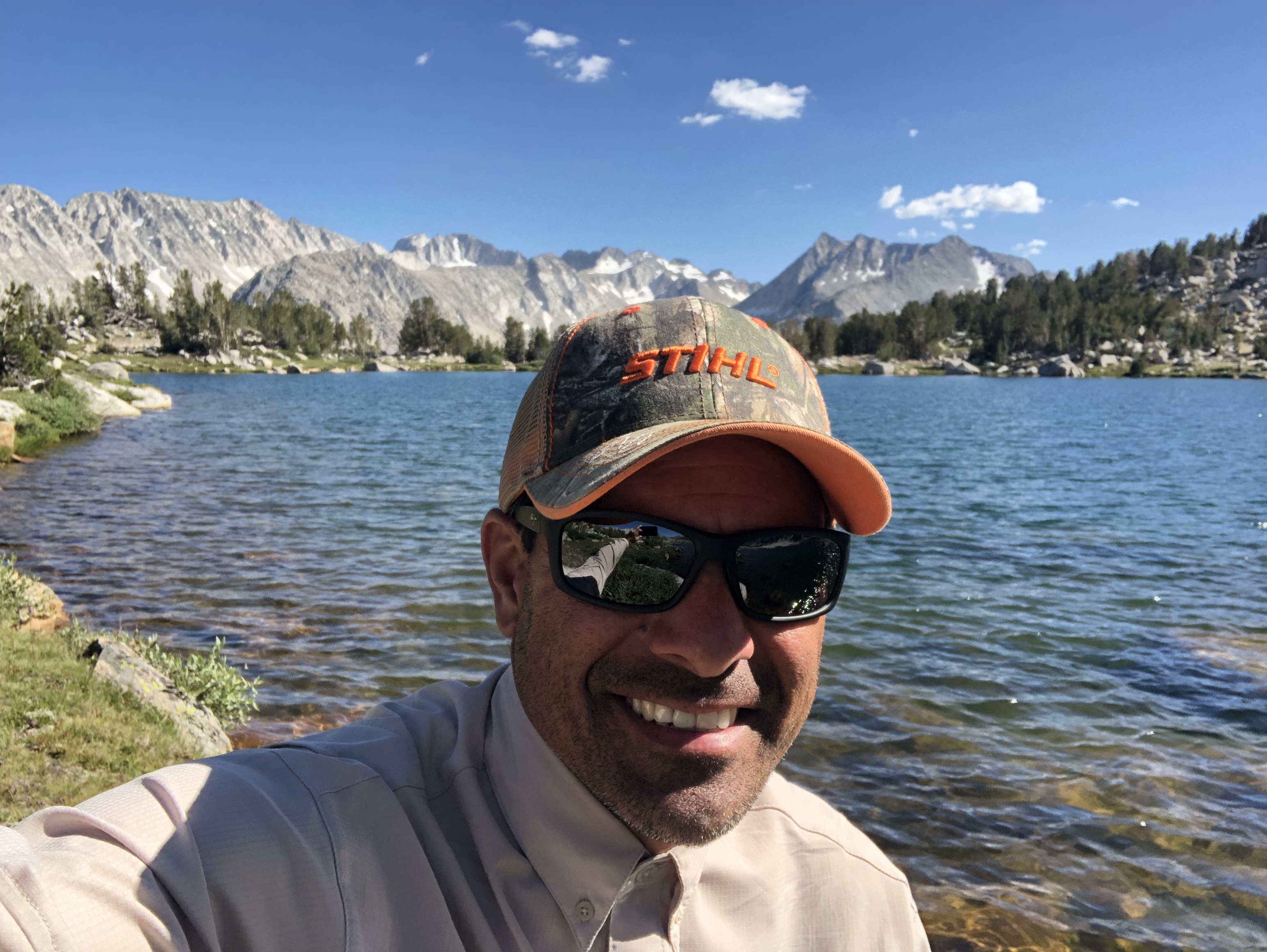 In a joint effort between the UCSC Arboretum and Amah Mutsun tribal band, I am a steward who helps the tribe relearn their cultural knowledge through culturally significant plants in the Arboretum gardens. I feel fortunate to work with, and learn from, them.
In a joint effort between the UCSC Arboretum and Amah Mutsun tribal band, I am a steward who helps the tribe relearn their cultural knowledge through culturally significant plants in the Arboretum gardens. I feel fortunate to work with, and learn from, them.
Tim Hyland
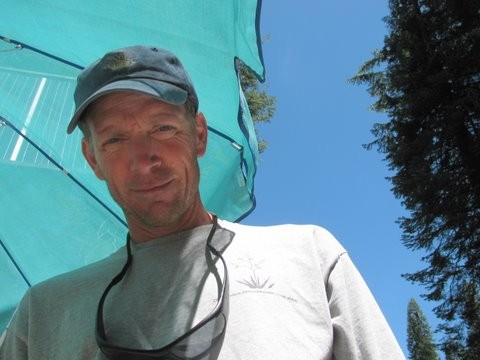 It’s difficult to find the medium ground between nature and people. At what point does visitation of Parks have a negative impact on the species that live there? Nature provides a certain richness people seek, and Parks provide that value of health, inspiration and education.
It’s difficult to find the medium ground between nature and people. At what point does visitation of Parks have a negative impact on the species that live there? Nature provides a certain richness people seek, and Parks provide that value of health, inspiration and education.
